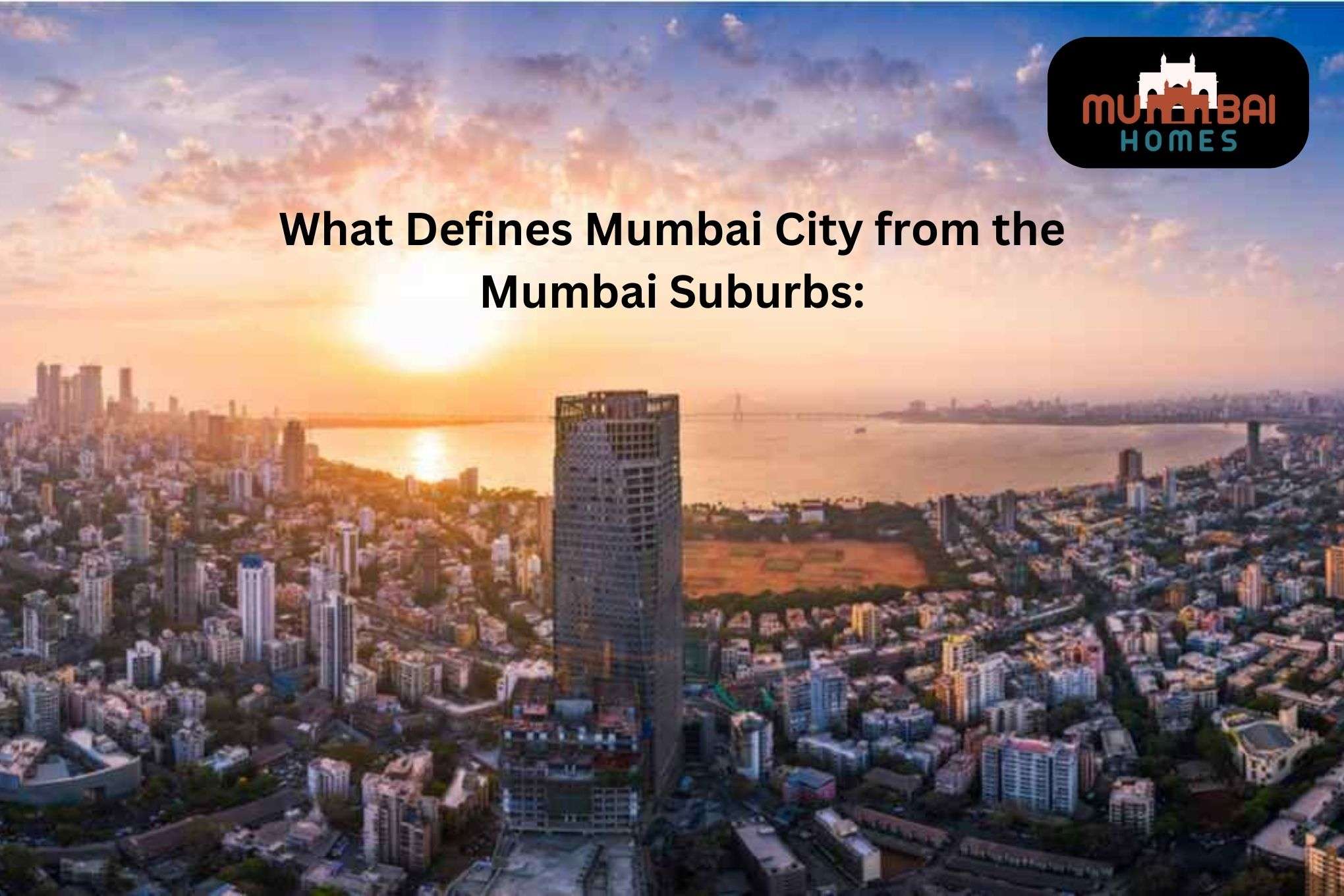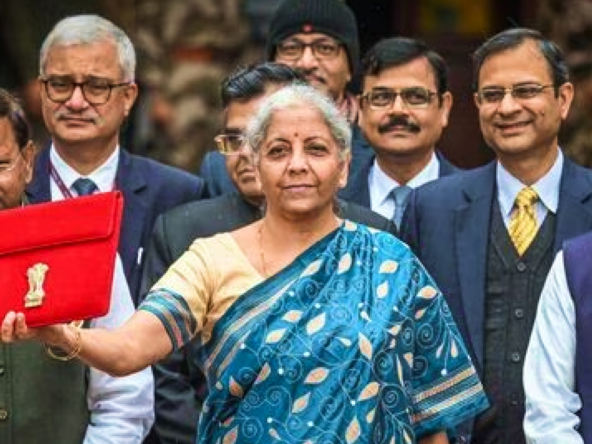What Defines Mumbai City from the Mumbai Suburbs:
Mumbai, India’s financial capital, is a city that captivates by its vibrant energy and diverse culture. Mumbai City, with its historical heritage, architectural wonders, and economic importance, embodies the essence of the dynamic metropolis. The Mumbai suburbs, on the other hand, provide a more serene and suburban lifestyle with green areas, housing developments, and a cosmopolitan vibe. The city of Mumbai city and its suburbs are connected by effective transit networks, but they stand out for their atmosphere, lifestyle, and opportunities, offering a rich and varied experience for locals and visitors alike.
Historical Significance:
Formerly known as Bombay, Mumbai City has a long and illustrious history. The cityscape of Mumbai tells the stories of its colonial past, from the famous India Gate to the historic buildings in southern Mumbai. Architectural wonders like Chhatrapati Shivaji Terminus Station and the Taj Mahal Palace Hotel showcase the majesty and elegance of Mumbai city.
Important historical and political occurrences that shaped the city’s identity took place there. Some buildings’ Victorian architecture shows British influences and other areas of the city also display Indo-Gothic and Art Deco influences. Mumbai’s heritage is alive and well in its bustling streets, quaint bazaars, and ancient neighborhoods like Colaba and Fort.
Lifestyle and Cultural Diversity:
Mumbai City is a true cultural mosaic, offering a diversity of lifestyles that make it a vibrant and vibrant city. Its social fabric is woven from multiple communities and traditions, creating a fascinating cultural kaleidoscope. Neighborhoods like Malabar Hill, known for housing the wealthy, in Dharavi, one of the largest slum areas in Asia, Mumbai City is home to striking contrasts that reflect the socio-economic diversity of its inhabitants. A significant cultural influence of the city is Bollywood, the home of Indian cinema. Religious holidays like Ganesh Chaturthi and Navratri are zealously celebrated, uniting communities in joy and camaraderie.
Mumbai city is renowned for having a diverse range of restaurants, from fine dining establishments to street food vendors, providing an unmatched culinary experience. From strolling along the famous Marine Drive Boardwalk to exploring the bustling Crawford Market bazaars, to enjoying the city’s vibrant nightlife, Mumbai City offers a diverse and exciting lifestyle. This cultural diversity is a pillar of the city’s identity, creating an environment where people can immerse themselves in different traditions and experiences, making Mumbai a place of convergence and celebration of cultures around the world.
Economic Significance and Commercial Centers:
Mumbai City is a major economic center in India, playing a crucial role in the country’s economic development. With bustling business districts such as Nariman Point, Fort, Bandra Kurla Complex (BKC), and Powai, the city is home to important shopping malls. These areas are home to the headquarters of multinational corporations, major financial institutions, and booming startups. Nariman Point, located in the south of Mumbai, is renowned for its skyscrapers and offices of prestigious companies. Since colonial times, Fort has been a thriving business district and is home to the Bombay Stock Exchange and numerous historic commercial buildings. The Bandra Kurla Complex (BKC), located in the suburbs of Mumbai city, is a thriving commercial hub, attracting leading international companies and financial institutions.
Powai, with its commercial parks and modern office spaces, has become a thriving technology and business hub. Mumbai city offers a wealth of employment and economic growth opportunities, attracting professionals and entrepreneurs from around the world. Its role as a financial and commercial center is reinforced by the presence of the Bombay Stock Exchange, which plays a key role in India’s financial markets. Mumbai City is truly an economic engine, generating opportunities and fueling India’s growth as a global economic power.
Transportation and Connectivity:
Mumbai City’s transportation network is essential to maintain the connectivity of this vibrant metropolis. Every day, millions of people travel primarily by the city’s local trains, also known as commuter trains. These trains connect the city of Mumbai to its suburbs, facilitating commuters’ daily commutes. In addition to trains, the BEST bus network offers a convenient and affordable transport alternative to get around the city. Mumbai also has a constantly expanding metro system, offering fast and efficient connectivity in parts of the city. Mumbai City is also well connected to other parts of India through air links and national routes. Traveling both domestically and internationally is made simple thanks to Mumbai’s Chhatrapati Shivaji Maharaj International Airport, one of the busiest in the country. Highways and bridges also link the city with the suburbs and surrounding areas, making commuting simple. Mumbai City’s robust connectivity ensures that residents and visitors can move easily and efficiently in this bustling metropolis.
Conclusion:
Mumbai City and its suburbs complement each other, providing distinct experiences for residents and visitors alike. While the city of Mumbai stands for heritage, culture, and economic importance, the suburbs offer a more relaxed suburban lifestyle without compromising amenities and opportunities. The unique blend of historical charm, modern infrastructure, cultural diversity, and economic growth makes Mumbai city and its suburbs an exciting metropolis that continues to evolve. You can fully appreciate the diversity of this vibrant city and have the best of both worlds by exploring both sides of Mumbai city.
FAQs,
1. What defines Mumbai city from the Mumbai suburbs?
Ans: Mumbai City is the urban core, home to commercial areas and historical sites, while the suburbs, which are outside the city limits, are more residential in character.
2. How is the transportation system different between Mumbai City and the suburbs?
Ans: Local trains, buses, taxis, and ferries are all available in Mumbai city, but the suburbs primarily use buses, autos, and private vehicles.




